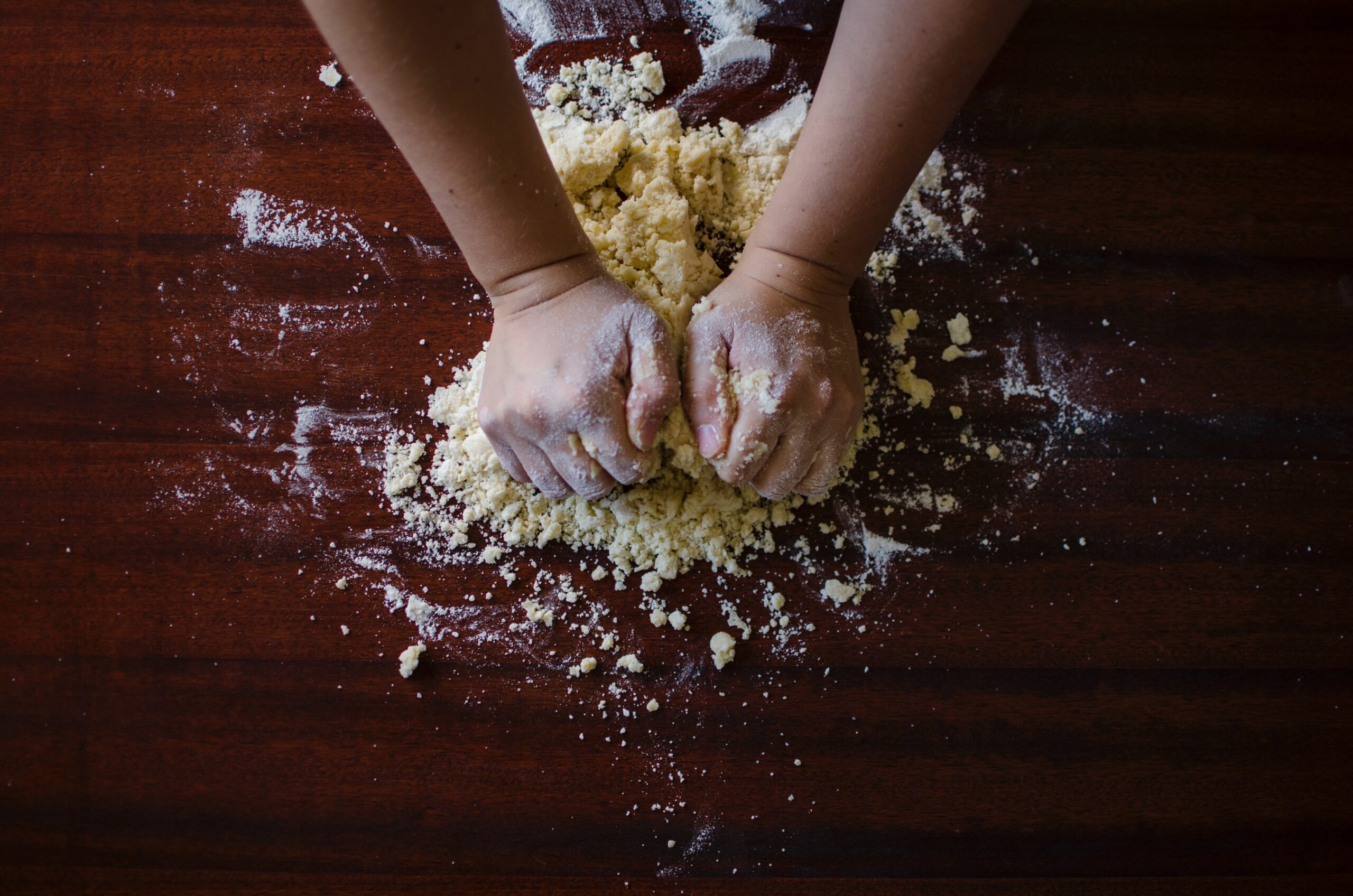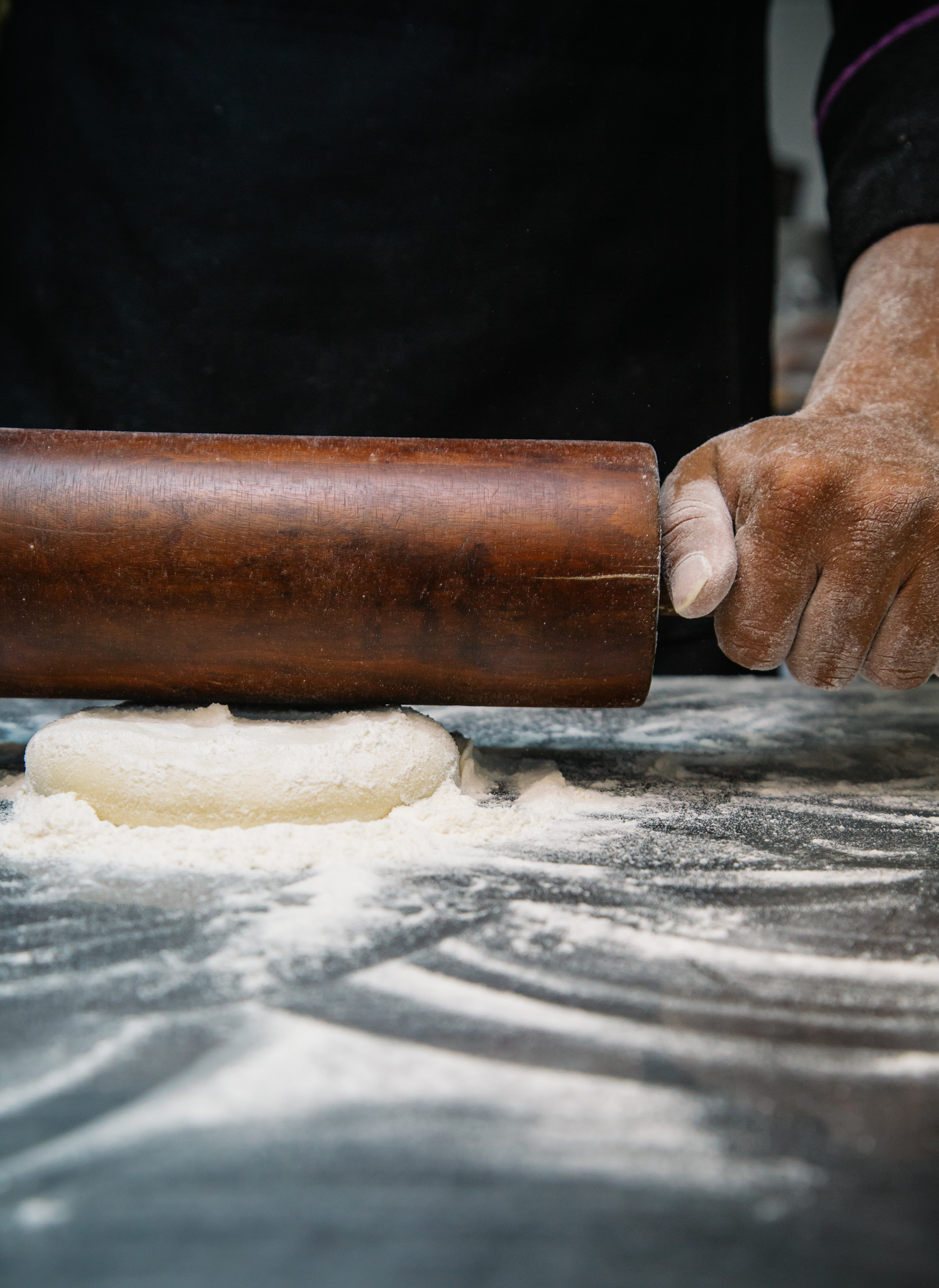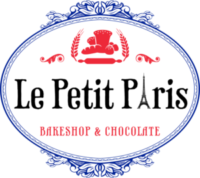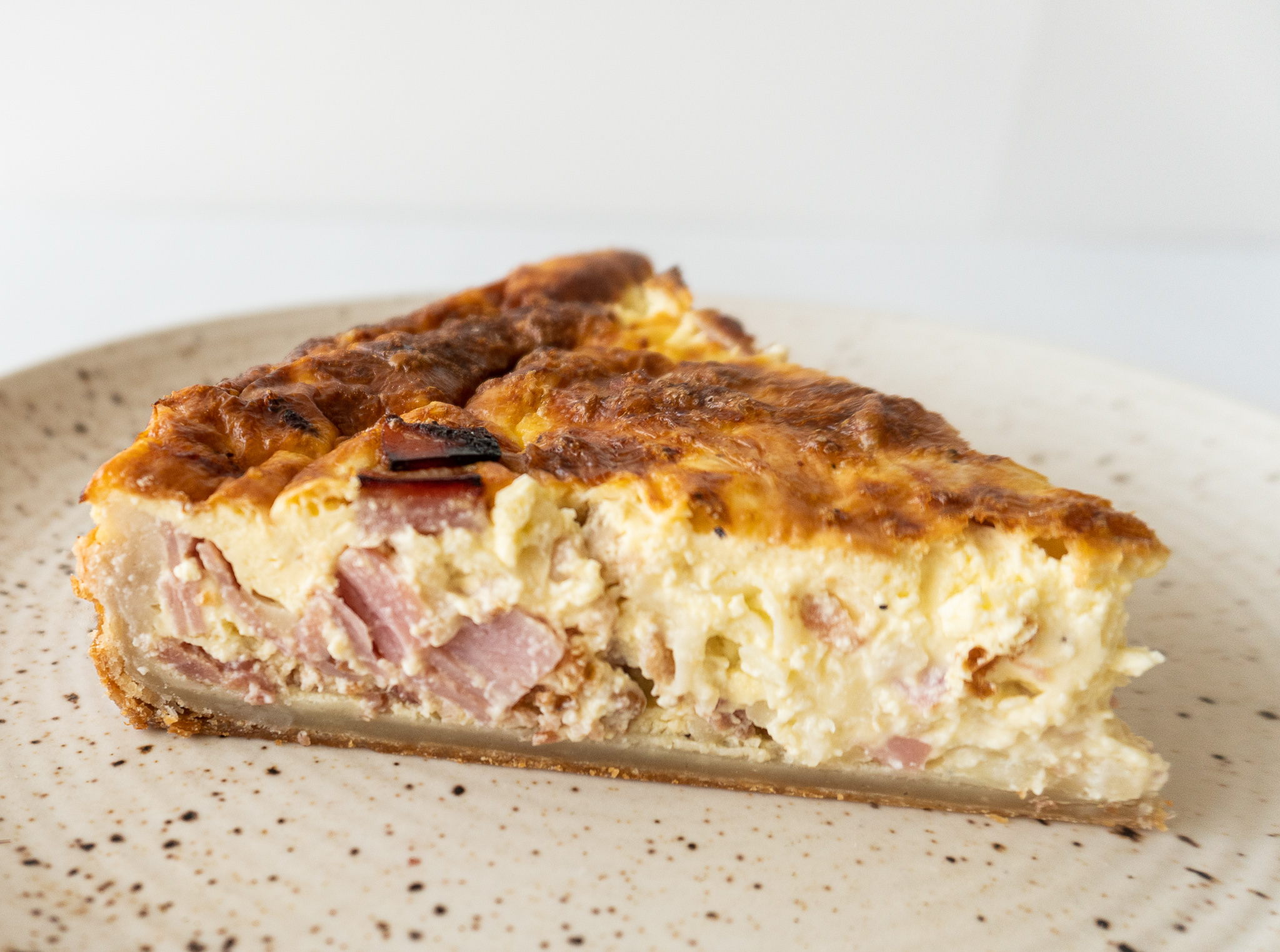Learn how to make the Pâte Sucrée or sweet dough used to make delicious fruit tarts and many other French desserts at home.
Ingredients for 500g of finished dough :
-
-
-
-
- Cold Butter – 120g
- Powdered Sugar – 80 g
- Flour – 200g
- Almond Powder – 20g
- Salt – 2g
- Egg – 50g
-
-
-
Process :
The classic process for making a pâte sucrée (sweet dough) is creaming – that is, the process of mixing the butter and sugar, then gradually incorporating the room-temperature eggs, and finally adding the flour.
Though the classic process is great, we recommend another way of doing things that are becoming increasingly popular among the pastry industry. This method is somewhere between creaming, and another method called sanding (which basically happens when you mix the butter in with all of the dry ingredients, therefore creating a sand-like texture. We will see this in the pâte sablée recipe).

If you have a mixer, place all the ingredients (except the eggs) in the mixing bowl. Turn your mixer to medium speed until a homogeneous dough is obtained, at which point you can finally add in the eggs. If you want to do this by hand, the process is the same, except I recommend letting the butter soften at room temperature for a few minutes before getting started to make your work easier. In both cases, the most important thing is to avoid kneading your dough too much. Once you’re done kneading, it is good to fraser the dough (which means crushing it on the table with your hand). Then, wrap the dough in plastic and chill it in the fridge for at least 30 minutes.
To finish the process, we would like to share a new approach, pioneered by Berry Farah, that we have just discovered. It starts with an emulsion. Whisk the eggs and sugar until you reach the ribbon stage (you’ll know you’re there when you achieve a smooth, thickened texture), then add in the melted butter and finally the rest of the ingredients (flour, salt, and almond powder).

For those who want to go even further, here are a few technical explanations:
The principle of creaming, though more complex, makes it possible to have a dough that is easier to darken and mold and creates a melt-in-your-mouth pastry that’s less crumbly when cooked.
My method (which I also use for my pâte sablée) has the advantage of simplicity and results in a mixed-texture dough that both melts and crumbles.


[…] We already shared the recipe for the pie crust a couple of weeks ago. You will find the recipe right here. […]